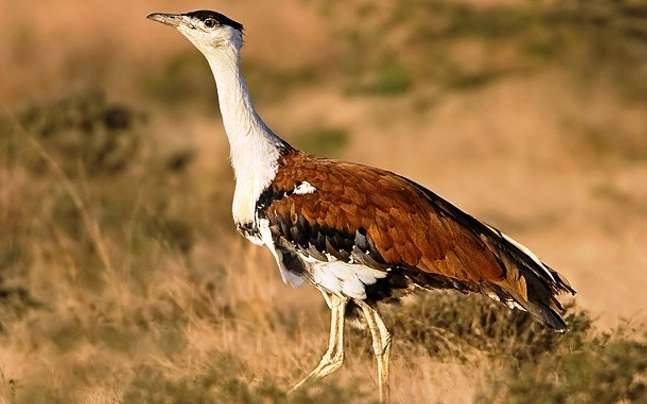The Supreme Court on Friday (January 19) sought the views of the Union Government on striking a balance between the need to protect the Great Indian Bustard, an endangered bird, and India's international commitments toward lowering the carbon footprint through solar energy.The bench comprising Chief Justice DY Chandrachud, Justices JB Pardiwala and Manoj Misra sought updated status reports...

